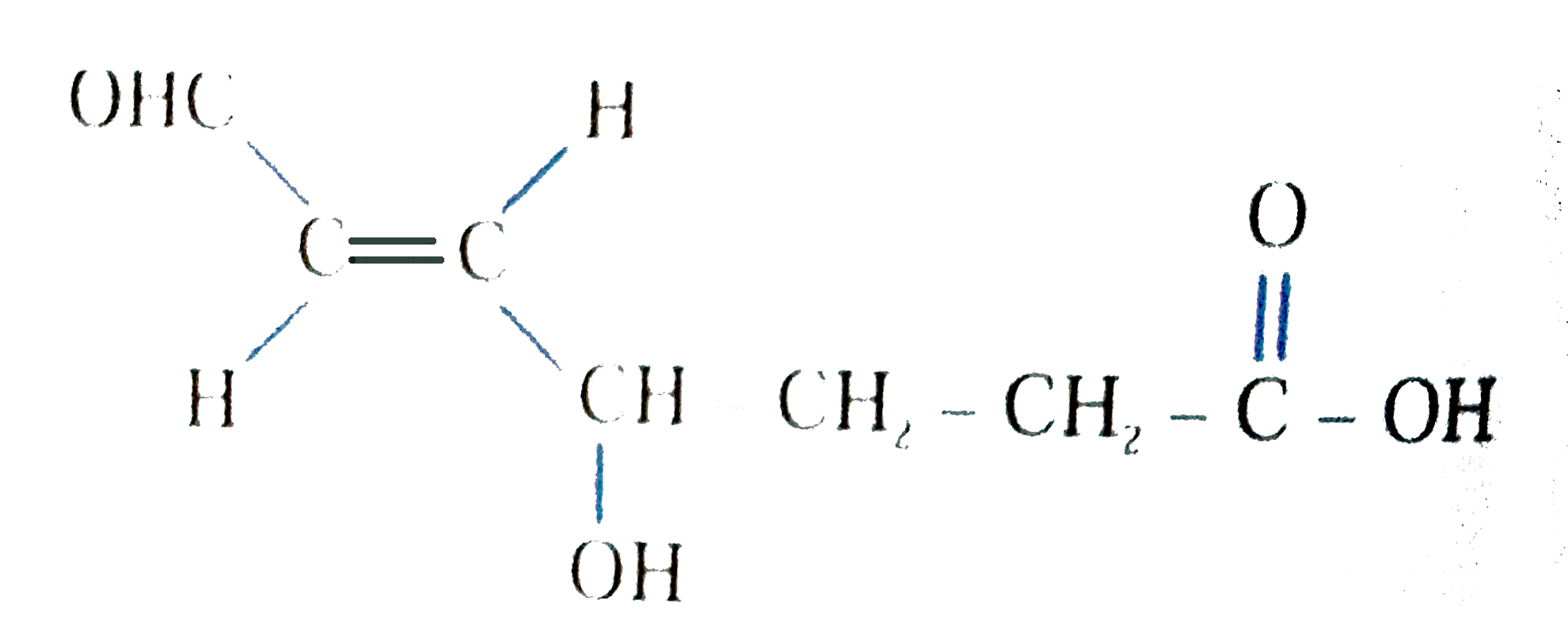1) Nitrogen dioxide reacts with hydrogen to give nitrogen and water according to the equation:
2NO2+H2→N2+H2O2 (slow)
H2+H2O2→2H2O (fast)
What is the predicted rate law?
(1) Rate =K[NO2],
(2) Rate =K[H2]2
(3) Rate =K[NO2]2[H2]
(4) Rate =K[NO2][H2]
To determine the predicted rate law for the given reaction mechanism, we will analyze the steps involved in the reaction.
Step 1: Identify the Rate-Determining Step
The reaction consists of two steps:
1. Slow Step: 2NO2+H2→N2+H2O2
2. Fast Step: H2+H2O2→2H2O
In chemical kinetics, the rate law is determined by the slowest step of the reaction, known as the rate-determining step. This is because the slow step will dictate the overall rate of the reaction.
Step 2: Write the Rate Law for the Slow Step
The rate law can be expressed as:
Rate=k(Reactants)stoichiometric coefficients
For the slow step:
- The reactants are NO2 and H2.
- The stoichiometric coefficient for NO2 is 2, and for H2 it is 1.
Thus, the rate law for the slow step can be written as:
Rate=k(NO2)2(H2)1
Step 3: Finalize the Rate Law
Combining the information from the slow step, we can express the rate law as:
Rate=k(NO2)2(H2)
Step 4: Compare with Given Options
Now, we compare our derived rate law with the provided options:
1. Rate =K(NO2)
2. Rate =K(H2)2
3. Rate =K(NO2)2(H2) (This matches our derived rate law)
4. Rate =K(NO2)(H2)
The correct answer is option (3): Rate =K(NO2)2(H2).
Summary of Steps:
1. Identify the rate-determining step.
2. Write the rate law based on the reactants and their stoichiometric coefficients from the slow step.
3. Compare the derived rate law with the provided options to find the correct one.
The reaction consists of two steps:
1. Slow Step: 2NO2+H2→N2+H2O2
2. Fast Step: H2+H2O2→2H2O
The rate law can be expressed as:
Rate=k(Reactants)stoichiometric coefficients
- The reactants are NO2 and H2.
- The stoichiometric coefficient for NO2 is 2, and for H2 it is 1.
Rate=k(NO2)2(H2)1
Combining the information from the slow step, we can express the rate law as:
Rate=k(NO2)2(H2)
Now, we compare our derived rate law with the provided options:
1. Rate =K(NO2)
2. Rate =K(H2)2
3. Rate =K(NO2)2(H2) (This matches our derived rate law)
4. Rate =K(NO2)(H2)
1. Identify the rate-determining step.
2. Write the rate law based on the reactants and their stoichiometric coefficients from the slow step.
3. Compare the derived rate law with the provided options to find the correct one.
Topper's Solved these Questions
- BOOK - NARAYNACHAPTER - CHEMICAL KINETICS EXERCISE - EVALUATE YOURSELF - 12videos
CHEMICAL KINETICS
- BOOK - NARAYNACHAPTER - CHEMICAL KINETICS EXERCISE - EVALUATE YOURSELF - 23videos
CHEMICAL KINETICS
- BOOK - NARAYNACHAPTER - CARBOXYLIC ACIDEXERCISE - All Questions288videos
CARBOXYLIC ACID
- BOOK - NARAYNACHAPTER - CHEMISTRY IN EVERYDAY LIFEEXERCISE - ASSERTION & REASON TYPE QUESTIONS10videos
CHEMISTRY IN EVERYDAY LIFE
Similar Questions
For the reacton: 4A+B→2C+2D, The statements not correct is:
01:16View SolutionThe rate law for the single-step reaction, 2A+B→2C, is given by:
04:27View SolutionProvide IUPAC name of the compound given below.
 View Solution
View Solution(A) Analgesics bring down body temperature during high fever.
(R ) Tetracyclin is a tranquillizer.02:23View SolutionFor the reaction 2H_(2)+O_(2)rarr 2H_(2)O , the rate law expression is , r = k[H_(2)]^(n) . When the concentration of H_(2) is doubled, the rate of reaction found to be quadrupled. The value of n is
View SolutionNitric oxide (NO) reacts with oxygen to produce nitrogen dioxide (NO2) :
2NO(g)+O2→2NO2(g)
The rate law for the reaction is:
rate=k[NO]2[O2]
Propose a mechanism for the above reaction.05:57View SolutionThe reaction 2NO + 2H_(2) to N_(2) +2H_(2)O follows the mechanism: I) NO + NO_(2) ltimplies N_(2)O_(2) (fast) II) N_(2)O_(2) + H_(2) to N_(2)O + H_(2)O (slow) III) N_(2)O + H_(2) to N_(2) + H_(2)O (fast) the rate constant for the slow step (II) is 1.2 xx 10^(-4) mol^(-1)Lmin^(-1) while the equilibrium constant for step (I) is 1.4 xx 10^(-2) what is the rate of reaction when the concentration of NO and H_(2) each is 0.5 mol^(-1)L ?
09:34View SolutionConsider the reaction : 2H_(2)(g)+2NO(g)rarrN_(2)(g)+2H_(2)(g) The rate law for this reaction is : Rate = k[H_(2)][NO]^(2) Under what conditions could these steps represent mechanism? {:("Step 1:",2NO(g)hArrN_(2)O_(2)(g)),("Step 2:",N_(2)O_(2)+H_(2)rarrN_(2)O+H_(2)O),("Step 3:",N_(2)O+H_(2)rarrH_(2)O+N_(2)):}
02:30View SolutionThe rate law for the reaction 2H_(2(g))+2NO_((g)) to N_(2(g))+2H_(2)O_((g)) is given by rate =-=k[H_(2)][NO]^(2) The reaction occurs in the following two steps: (a) H_(2(g))+2NO_((g)) to N_(2)O_((g))_H_(2)O_((g)) N_(2)O_((g))+ H_(2(g)) to N_(2(g))+H_(2)O_((g)) What is the rate of N_(2)O in the mechanism ? What is the molecularity of each of the elementary stpes ?
View Solutionनिम्नलिखित अभिक्रियाओं के लिए प्रत्येक अभिकारक के सापेक्ष कोटि तथा अभिक्रिया की कुल कोटि बताइये-
(a) 2NO2(g)→2NO(g)+O2(g), Rate =k[NO2]2
(b) H2O2+3I−+2H+→2H2O+I−3, Rate =k[H2O2][I−]
(c ) CHCl3(g)+Cl2(g)→(C)Cl4(g)+HCl(g), Rate =k[CHCl3][Cl2]1/203:13View Solutionनिम्नलिखित अभिक्रियाओं की दर समीकरण की सहायता से अभिक्रिया की कोटि तथा वेग सिथरांक के मात्रक ज्ञात कीजिये-
(i) 3NO(g)→N2O(aq), Rate =k[NO]2
(ii) H2O2(aq)+3I−(aq)+2H+→2H2O(I)+I−3, Rate =k[H2O2][I−]
(iii) CH3CHO(g)→CH4(g)+CO(g), Rate =k[CH3cHO]3/2
(iv) C2H5Cl(g)→C2H5(g)+HCl(g)
Rate =k[C2H5Cl]05:49View SolutionThe unit of rate constant for the reaction, 2H_(2) + 2NO to 2H_(2)O + N_(2) Which has rate = k [H_(2))[NO]^(2) , is
01:20View SolutionConsider this reaction,
2H2(g)+2NO(g)→N2(g)+2H2O(g)
The rate law for this for reaction is rate =k[H2][NO]2 .
Under what conditions could these Steps represent the mechanism?
Step1: 2NO→N2O2
Step2: N2O2+H2→N2O+H2O
Step3:N2O+H2→N2+H2O02:15View SolutionFor the reaction 2H2+2NO→N2+2H2O, the following mechanism has been suggested :
2NO?N2O2 equilibrium constant K1 (fast)
N2O2+H2k2−−→N2O+H2O (slow)
N2O+H2k3−−→N2+H2O (fast)
Establish the rate law for given reaction.View SolutionConsider the following reaction
2NO+2H2→N2+2H2O.
The given reaction follows the mechanism
( 1).NO+NO↔N2O2(Fast and reversible)
(II) N2O2+H2→N2O+H2O (Slow)
(III) N2O2+H2→N2+H2O (Fast)
If the concentration of both NO and H2 becomes thrice,then rate of reaction becomes ______ times.03:13View Solution

